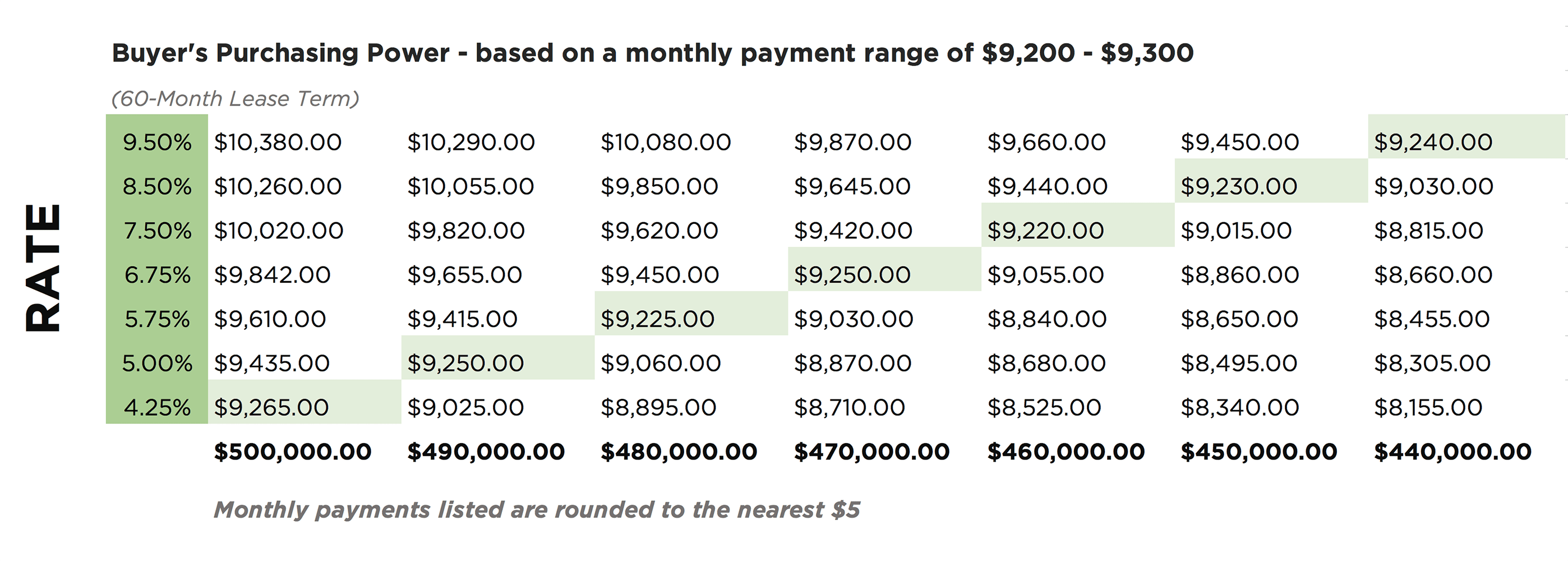Maintaining Your Medical Equipment Purchasing Power

By Ibby Smith Stofer
In times of declining admissions, patients becoming consumers, insurance companies dictating what services they will cover, increased competition, aging physical facilities, and minimal margins; the hospital market still faces additional challenges. The economic climate and monetary policies continue to cause healthcare providers to ask themselves, “Is now the time to act?” Should we accelerate acquisition or the replacement of medical equipment? And if so, what is the best finance option?
Moody’s 2018 Healthcare Outlook suggests that tax reform may increase the cost of capital for hospitals and healthcare providers. This may create greater merger and acquisition activity, especially for smaller hospitals that cannot afford higher interest rates in the taxable market.
Many smaller healthcare providers have relied on the near zero interest rates that followed the market meltdown in 2008 to borrow and sometimes fund their operations. Highly leveraged hospitals and other providers see the rising interest rate environment as an additional challenge that can lead to bankruptcy, closure, or merger/acquisition with larger systems.
Back in late 2015 Janet Yellen (then chair of the Federal Reserve) announced the first interest rate increase in many years. Modern Healthcare predicted the following: “The easy money of the last seven years is over. Healthcare borrowers face new calculations for when—and how much—to borrow.”
Three years and six rate increases later the current forecast calls for an even steeper climb in the next few years. It is expected that the continued economic growth and the impact of the enacted tax reform will likely result in more hikes throughout 2019 and 2020 to contain inflation and maintain the strength of the dollar.
So what does this means for healthcare providers and the companies who manufacture and sell technologies designed to improve care and reduce costs? It is assumed that the cost of products and services will likely rise to offset the increased costs manufacturers experience. Further, the costs to borrow from banks, finance companies, and bonds will also be rising.
With declining earning potential and increasing costs, many healthcare providers are looking to lock in at today’s rate for products and services that may have been projected to be acquired in the next 24 months. Each .25% increase reduces purchasing power ten-fold in addition to increasing the monthly costs. This chart demonstrates the combined effect of delaying purchasing decisions.

Whether you are buying as an individual or for your company the loss of buying power and increased costs is a risk. We at Med One Group feel that in this environment it is even more important to work with our healthcare partners. Both suppliers and providers need solutions that will minimize the impact and effect on patients and caregivers while having access to the technologies that make a difference.
Sources:
www.cnbc.com
money.cnn.com
www.beckershospitalreview.com
